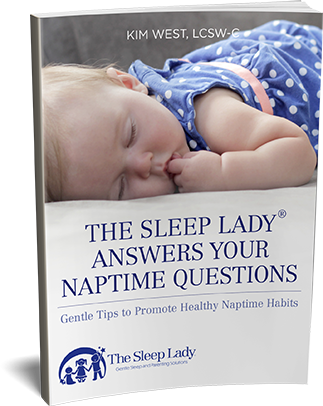Books and Guides
WANT TO LEARN MORE ABOUT YOUR CHILD’S SLEEP?
As parents, we have the responsibility to teach our children how to sleep. While we can’t promise no crying in this teaching process, we can promise that we won’t tell you to leave your baby to cry it out alone. What we will teach you is how to get your child to fall asleep independently. Teaching this skill may seem difficult or impossible – but we promise you it is doable!
This is where we step in. Our best-selling sleep training books have helped hundreds of thousands of families finally get the sleep they need. In our best-selling book, The Sleep Lady’s Good Night Sleep Tight we take you step-by-step on how to sleep train babies as young as 6-months and children as old as 6-years. The accompanying Good Night, Sleep Tight Workbook will get you right to the nitty gritty in creating a sleep plan for your child. Kim has also partnered with a special needs educator to bring a Good Night, Sleep Tight Workbook specifically for children with special needs. Whatever your need, we have the tools you need to be successful in sleep training your child.
THE SLEEP LADY’S GOOD NIGHT, SLEEP TIGHT
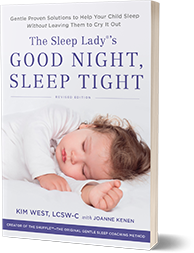
“I find crying it out (CIO) and Ferber to be rather brutal approaches and wanted something much gentler with minimal crying. This did the trick…”
– Katclimber: AMAZON Top Contributor: Baby
We recommend Book Depository or Booktopia
GET THE COMPANION WORKBOOK
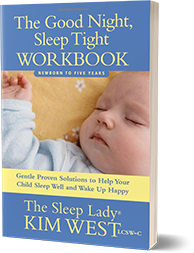
This workbook is an essential companion to the best-selling book, Good Night Sleep Tight. The book includes a step-by-step guide for parents, is organized by age and process, and is the key to sleep coaching success. The Workbook can be used as a standalone guide and includes all of the essentials right inside the book, such as lists, plans and logs to help tired parents with children of any age who are experiencing sleep problems.
YOU CAN ALSO FIND THIS BOOK ON:
We recommend Barnes & Noble or Book Depository
ALSO AVAILABLE IN SPANISH
GET THE COMPANION WORKBOOK
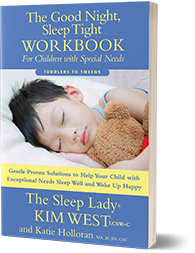
YOU CAN ALSO FIND THIS BOOK ON:
We recommend Barnes & Noble
FREE SLEEP GUIDES FROM THE SLEEP LADY
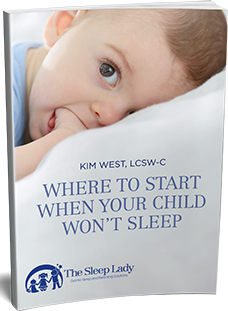
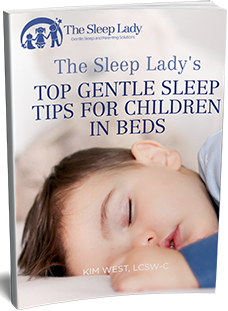
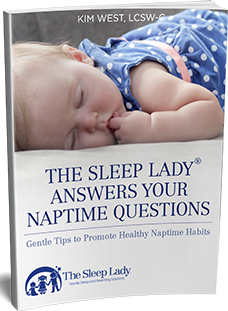
BABY SLEEP LOG, BABY DATA TRACKING, AND SLEEP CONTENT!
When sleep training your baby or child, it is so helpful to keep track of their sleep patterns. For baby’s specifically, it’s beneficial to keep track of feedings and changings as well. This is why we created the Gentle Sleep App by Evoz – so parents can have an easy-to-use resource right on their phone. The app includes timers for naps, wake-time and feedings. Plus, parents can securely share data logs with caregivers and vice versa.
The app also includes resources like a schedule overview based on your child’s age. You’ll also have access to exclusive videos, articles, and tips straight from Kim West LCSW-C, The Sleep Lady®.


